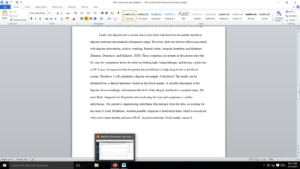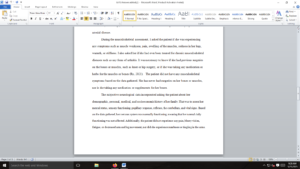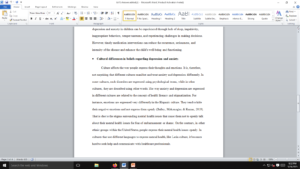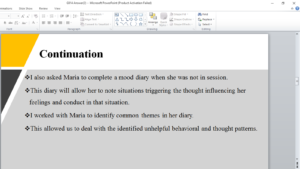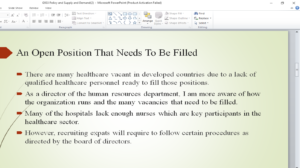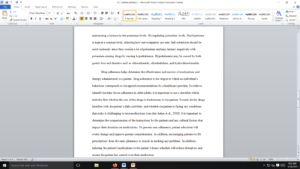Health promotion and disease prevention in older adults
After studying Module 2: Lecture Materials & Resources, discuss the following:
- Describe and discuss the nurse’s role in health promotion and disease prevention in older adults. Share an example from your personal experience as a RN.
- Name and elaborate on at least three screening/preventive procedure that must be done in older adults.
- Define and discuss three common End-of-life documents that you as nurse must be familiar with to be able to educate older adults.
Submission Instructions:
- Your initial post should be at least 500 words, formatted and cited in current APA style with support from at least 2 academic sources
Requirements: 500 words
Read
- Meiner, S.E., Yeager, J.J. (2019)
- chapter 5,6,7,8
Answer preview
As nurses go about their elderly caring roles, they must familiarize themselves with essential end-of-life documents for effective healthcare delivery. This information helps the nurse educate the elderly and their family members on what they should consider for their care. One of these documents is the Lasting Power of the Attorney (LPA) which informs the appointed individual (s) who make healthcare decisions for the older adult (Meiner & Yeager, 2019). The other document entails the financial and legal plans, which inform the resources available for facilitating the long-term care costs. The third essential document is the end-of-life will, which informs the older adult’s wishes, including the kind of medical treatments they would like and long-term care living arrangements. In addition, the document also provides crucial information the elderly would like their loved ones to know.
[643 Words]

Health promotion and disease prevention in older adults

